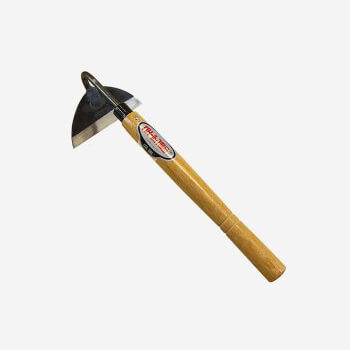Dùbh . 22, 2024 05:36 Back to list
check valve with counterweight
Understanding Check Valves with Counterweights A Practical Overview
In the realm of fluid dynamics and engineering, check valves play a pivotal role in ensuring that fluids flow in one direction only. This characteristic is crucial in maintaining system integrity, preventing backflow, and protecting pumps and other equipment from damage. Among the various designs and mechanisms employed in check valves, the incorporation of counterweights offers unique advantages that enhance their functionality and reliability.
A check valve is designed to allow fluid to pass through in one direction while preventing reverse flow. Traditional designs, such as swing check valves, utilize gravity and fluid momentum to function correctly. However, in scenarios where these forces may not be sufficient—such as low flow rates or horizontal installations—check valves with counterweights come into play, providing a more reliable solution.
How Counterweight Check Valves Work
The fundamental principle behind a check valve with a counterweight is relatively straightforward. The valve has a flap or disc that opens when fluid flows in the intended direction, allowing passage. When the flow ceases or reverses, the counterweight aids in closing the flap tightly against the seal, effectively blocking any backflow. This ensures that the system remains under controlled conditions, safeguarding connected machinery and preserving the desired fluid flow path.
Counterweights can be strategically positioned to exert a suitable amount of force on the valve mechanism. This force not only helps in closing the valve during backflow events but can also ensure a more precise opening under specific flowing conditions. By adjusting the counterweight, engineers can fine-tune the valve's response to different flow rates and pressure conditions.
Key Benefits of Check Valves with Counterweights
1. Reliability One of the most significant advantages of using check valves with counterweights is their heightened reliability. Traditional designs may rely solely on gravity or spring mechanisms, which can wear out over time. The counterweight mechanism adds an extra layer of dependability by ensuring that the valve closes securely every time it is required, regardless of the flow conditions.
check valve with counterweight

2. Performance in Low Flow Conditions In many industrial applications, low flow rates can hinder the effective operation of a conventional check valve. The counterweights in these more advanced models allow the valve to respond better to varying flow conditions, maintaining optimal performance even when the flow is weak.
3. Reduced Maintenance With increased reliability comes decreased maintenance needs. Counterweighted check valves generally experience less wear and tear since they operate more efficiently across varying conditions. This reduction in maintenance not only saves time and labor costs but also extends the lifespan of the valve and surrounding equipment.
4. Versatility These types of check valves are suitable for various applications, from chemical processing to water treatment facilities. Their adaptability means they can be implemented in numerous environments and conditions, making them ideal for sectors that require stringent flow control.
Applications of Counterweight Check Valves
Counterweighted check valves find utilization across diverse industries. For instance, in wastewater treatment plants, preventing backflow is critical to maintaining cleanliness and operational efficiency. Similarly, in oil and gas pipelines, where pressure fluctuations are common, these valves help safeguard against potential leaks and equipment failure.
Utilities involved in water distribution benefit from such valves by ensuring a steady and reliable flow, ultimately protecting infrastructure and enhancing service reliability for communities.
Conclusion
Check valves with counterweights represent a significant advancement in flow control technology. Their unique design enhances reliability, performance under low-flow conditions, and overall maintenance efficiency. As industries continue to evolve and adapt to new challenges, the importance of robust fluid control solutions like counterweighted check valves will only grow, ensuring that engineers and operators have the tools they need to maintain efficient, safe, and reliable systems.
Share
-
Reliable Wafer Type Butterfly Valves for Every IndustryNewsJul.25,2025
-
Reliable Flow Control Begins with the Right Ball Check ValveNewsJul.25,2025
-
Precision Flow Control Starts with Quality ValvesNewsJul.25,2025
-
Industrial Flow Control ReliabilityNewsJul.25,2025
-
Engineered for Efficiency Gate Valves That Power Industrial PerformanceNewsJul.25,2025
-
Empowering Infrastructure Through Quality ManufacturingNewsJul.25,2025


